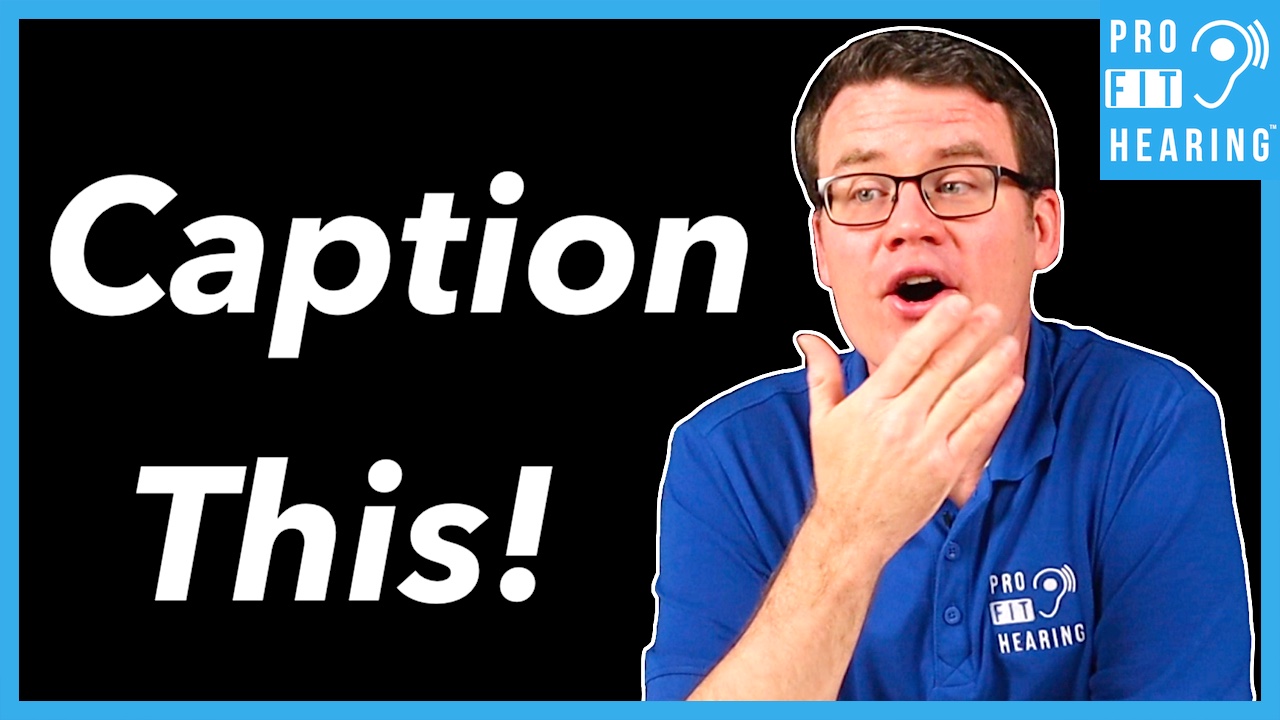

In a world without sound, captions are one of the best ways to increase those numbers. In fact, 74 percent of ad recall is achieved in 10 seconds of Facebook video campaigns.

However, when you add captions to videos, viewers are more likely to be drawn into it.įacebook’s internal tests show that captioned video ads increase video view time by an average of 12 percent.Īnything you can do to capture a viewer’s attention - even seconds more than they normally would - can add up. If they can’t hear it, then they won’t get it, so who cares?Īccording to Facebook, “research found that when feed-based mobile video ads play loudly when people aren’t expecting it, 80 percent react negatively, both toward the platform and the advertiser”

While scrolling through your social feeds with your sound turned off ( which 85 percent of users do), most individuals will completely skip a video whose meaning is lost without sound. The caption track is returned in its original format unless the request specifies a value for the tfmt parameter and in its original language unless the request specifies a value for the tlang parameter.Captions certainly are not a new concept for videos on TV, but they are a strategy that is proving more and more effective on all platforms. When updating a caption track, you can change the track's draft status, upload a new caption file for the track, or both. Note that the API response does not contain the actual captions and that the captions.download method provides the ability to retrieve a caption track. The API supports the following methods for captions resources: list Retrieve a list of caption tracks that are associated with a specified video.

A caption track is associated with exactly one YouTube video. Way that caption IDs are generated and, as part of that change, is assigning new caption IDsĪ caption resource represents a YouTube caption track. Note: On August 5, 2022, YouTube announced that it has changed the


 0 kommentar(er)
0 kommentar(er)
